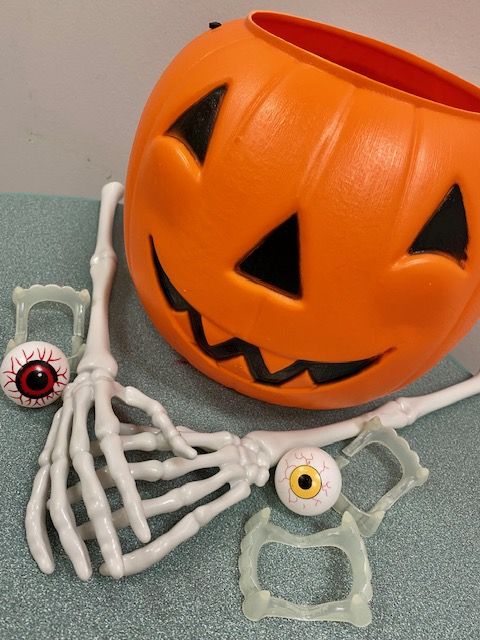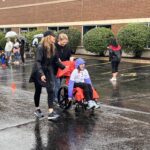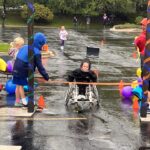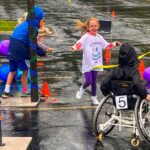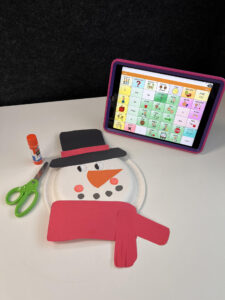Spooktacular Inclusive Halloween
Do you want your child with special needs to be able to participate and make memories this Halloween season? Great news, you can! Here are some tips and tricks to help children of all abilities have a spooktacular, inclusive Halloween.
- Read a social story about Halloween multiple times to your child
- Watch silly music videos about the Holiday
- Practice in your house or at families houses in the weeks prior
- Provide a visual schedule of steps if needed (ring bell, say “hi” or “trick or treat!”, hold out bag, say “thank you!”)
- If your child is shy, has anxiety, sensory differences, or has limited language or communication difficulties, create a pre-made card for your child to hand to the household to say what your child cannot.
- Keep it short and simple if needed (goal: make it around the block; only do 10 houses and have child countdown to increase tolerance to activity)
- Food intolerances or special diets? Replace your child’s candy with special foods that are more appropriate or swap with a new toy. Do some research into the fun tradition of the Switch Witch!
- Work in tolerated exercise for your child (example: walk to one house, ride in the wagon to the next…repeat)
- If your child does not want to walk up to people’s houses, you can still have them walk around outside and show off their costume. This is a great way to get exercise and practice waving at others.
- Have them help hand out candy. This is a fun way to practice their social skills and to work on counting. Practice some phrases they can say to trick or treaters before hand or offer a no-pressure way to wave or smile instead.
- Make sure your child’s costume is sensory friendly to their specific tactile needs.
October is a great time to start talking to your Occupational Therapist about ways your child can participate in the many holidays to come. If your child is having difficulty participating in the upcoming Holidays, our team of therapists is here to help you find ways to make the holidays more enjoyable, click here to schedule a free screening and we’d be happy to discuss ideas with you!
Rebecca Brennan, OTR/L
